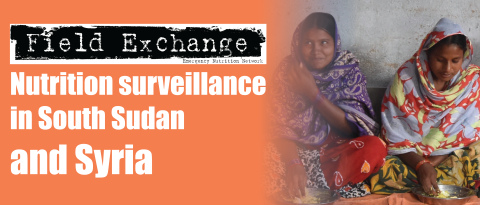Adolescent girls’ nutrition and prevention of anaemia: a school-based multisectoral collaboration in Indonesia
Research snapshot1
In Indonesia, the national prevalence of anaemia among females aged 15-24 years is 18.4%. Screening of junior high-school students in West Java indicated a prevalence of >50%. Indonesia’s 2016 national programme for anaemia prevention and control in adolescent girls and women of reproductive age (WIFAS) includes a weekly iron and folic acid (IFA) supplementation of adolescent girls through a pre-existing school-health programme supported by four ministries: Ministry of Health (MoH), Ministry of Education and Culture, Ministry of Religious Affairs, and Ministry of Home Affairs. A demonstration of this project was implemented in two districts of West Java between 2015 and 2018. This involved three core activities: (1) increasing awareness of and securing government commitment to the WIFAS project and adolescent health in general; (2) improvement in IFA supply through skills building of MoH staff and strengthening of supply-chain management systems and on-the-job training for teachers, primary health facility staff and district officials of each sector; (3) increasing demand and acceptability of the project through a behavior-change intervention strategy, including a branded campaign, “healthy, beautiful and smart without anaemia”.
Modelled estimates show that the demonstration project may have contributed to preventing 4,071 cases of anaemia by reaching 52,000 adolescent girls. Existing platforms and policy frameworks for action helped to catalyse multisector collaboration in this context. Political commitment from the highest policy-maker of each sector was key. It was also important to gain local and institutional commitment, such as from each school principal. Other drivers of success were capacity-building at all levels and investment in strengthening individual and institutional relationships across sectors to help foster collaboration. Key to engagement by all stakeholders was data to drive decisions and accountability (and so harmonisation and collaboration on data collection); monitoring systems; and joint responsibility for and ownership of shared results, outcomes and goals. The authors conclude that multisector collaborations of this kind require resources and coordination and should be tailored to the unique needs of individual countries in order to further reach adolescents.
Endnote
1Roche, M.L., Bury, L., Yusadiredja, I.N., Asri, E.K., Purwanti, T.S., Kusumiati, S., Bhardwaj, A. and Izwardy, D. (2018) Adolescent girls’ nutrition and prevention of anaemia: a school-based multisectoral collaboration in Indonesia. BMJ 2018; 363 doi: https://doi.org/10.1136/bmj.k4541


